We didn’t plan to go to Zenica at all. After all, what on earth is there to see? But through our newly developed interest in brutalism, or socialist modernism, suddenly a couple of ideas had popped up, mostly centered around hotels. Some specialist website mentioned the Hotel Internacional, and the Hotel Dubrovnik, both in Zenica. And anyhow, it was more or less on the way.
But driving into town every thought of hotels is quickly overshadowed by a huge apartment building, the Lamela building, a residential tower 25 floors and 101 meters high. According to one of the local residents we get to talk to, it was built in 1975, and at its time it was the tallest building in the Balkans. And it is a fabulous example of Brutalist architecture, as far as I am concerned.
The Hotels
In fact, Lamela is literally overshadowing the hotels, Dubrovnik on one side – now neatly refurbished and looking like a flash hotel, and therefore not that interesting anymore for those truly focussed on Brutalism -, and Internacional a little further on the other side. The latter one is, indeed, a gem, all you want from social modernism, lots of concrete, strange angles, the inevitable fire escape, and slowly rotting away. Apparently, the hotel folded not so long ago, and maybe auctioned off in the future, to attempt a new start in private hands. I hope so, it is worth it!
And then it turns out that Zenica has a lot more to offer, in terms of socialist architecture. The town was rapidly developed after the war, and its population grew from 15,000 in 1948 to 30, 000 in 1961 to 60,000 in 1981. To accommodate all these people construction of apartment buildings – many a bit higher than the standard pallatis – was booming. Everywhere you look are residential high-rises, one even more extravagant than the other.
The Factories
It is only when we drive out of town that we realise why. This is the industrial heartland of Bosnia and Hercegovina, with factories bulging out their smoke, as well as iron- and metalworks, apparently. Manufacturing plants as far as the eye can see. Which, at least at that time, needed workers, of course.
No regrets stopping off in Zenica!
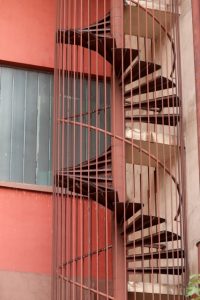
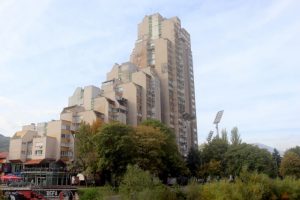
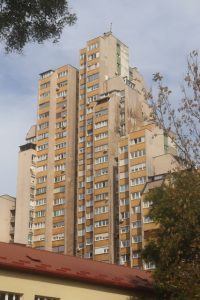
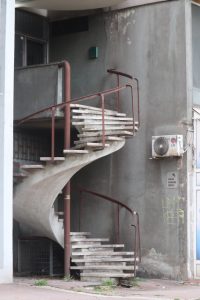
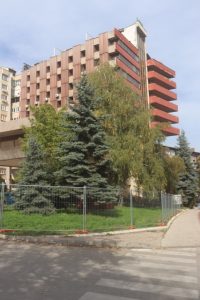
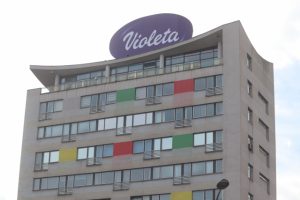
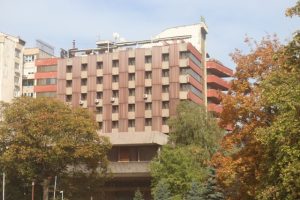
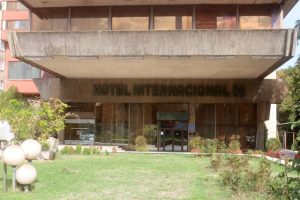
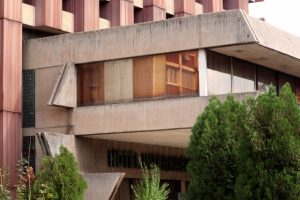
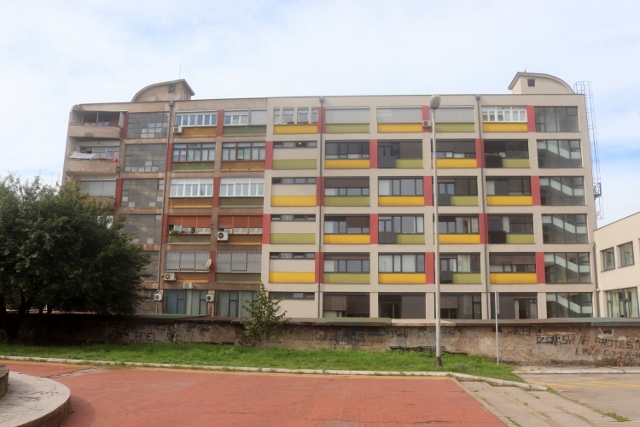
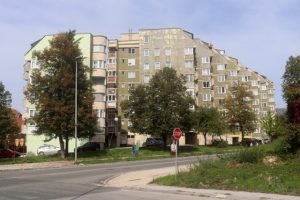
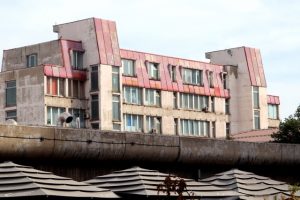
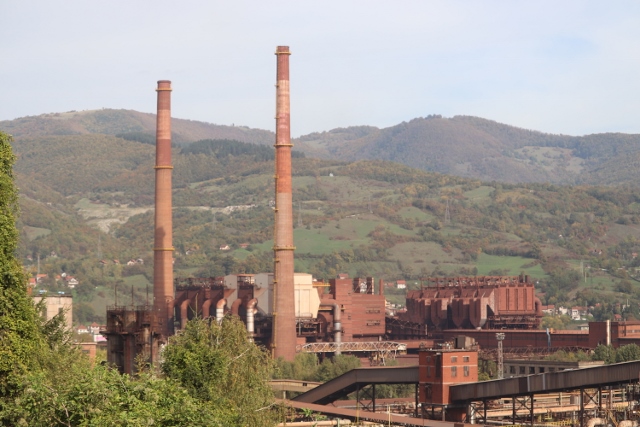
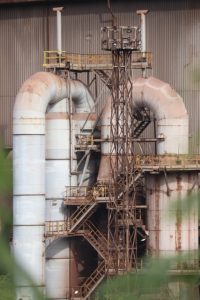
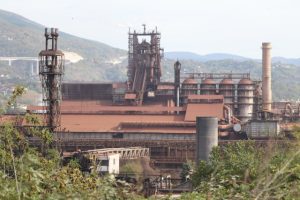
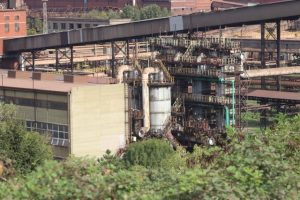

 RSS – Posts
RSS – Posts







